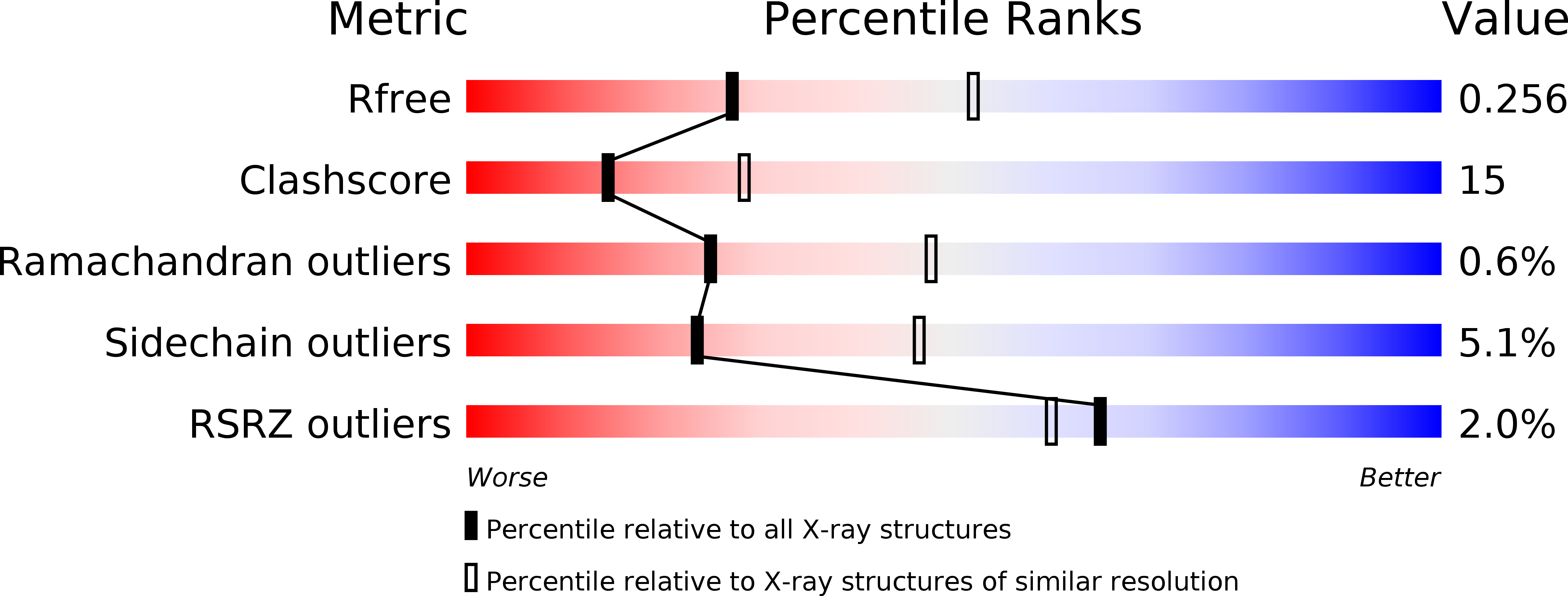
Deposition Date
2017-07-18
Release Date
2018-01-17
Last Version Date
2023-11-15
Entry Detail
PDB ID:
5WHS
Keywords:
Title:
Crystal structure of the catalase-peroxidase from Neurospora crassa at 2.6 A
Biological Source:
Source Organism:
Host Organism:
Method Details:
Experimental Method:
Resolution:
2.60 Å
R-Value Free:
0.25
R-Value Work:
0.20
R-Value Observed:
0.21
Space Group:
P 21 21 21


